The Seasonal Dance
Jan 22, 2022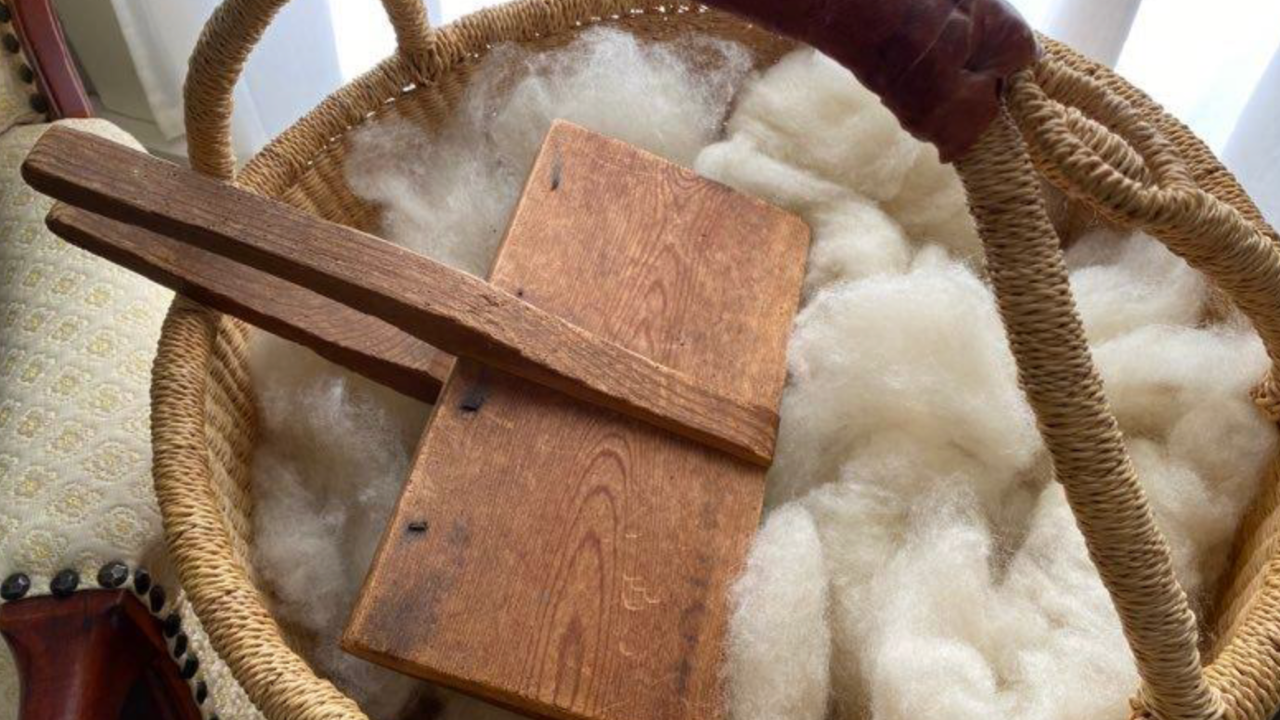
Mary had a little lamb,
Which grew to be a sheep:
The wool upon its back became
Too thick and warm to keep.
Then Mary’s sheep did with the rest
Down to the brookside go,
And soon again it well could boast
“A fleece as white as snow.”
The shearer came, and with his shears
Cut off the heavy wool,
Till every sheep was shorn at last
And all the bags were full.
The wool that came from Mary’s sheep
Was spun and woven, dears,
And made into a nice warm coat
That Mary wore for years!
-Emilie Poulsson
From the first day of handwork class at Seasons of Seven, the children begin their handwork journey by exploring raw wool. They learn where it comes from and how the sheep generously give their wool every spring, which we can then magically spin into yarn to knit or weave with, shape a toy with, or felt into a pair of slippers to keep us warm during the cold winter months.
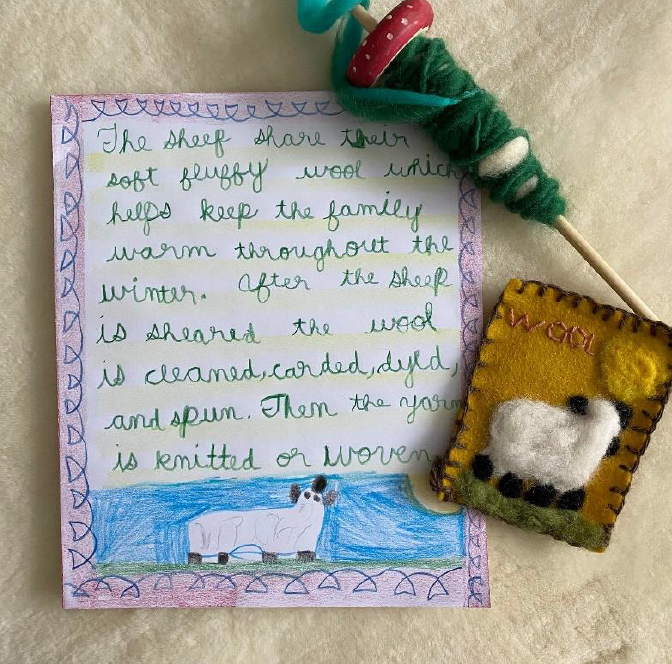
During this cold time of the year, I always look forward to attending upcoming sheep shearing events to mark the beginning of spring. Sheep shearing is a unique seasonal dance between human and fiber animal. It is the process of cutting off the sheep’s woolen fleece. Shearing is usually done once each year in springtime to make the sheep more comfortable as wool holds in heat and they can easily get overheated underneath all of the wool. Cutting it in the early spring gives the sheep a chance to grow it again throughout the year to keep them warm in winter. Wool can also become overly matted with dirt and grass if it isn’t shorn once a year. Another reason sheep shearing is done in the early spring is because many ewes deliver lambs during the spring so shearing before this is essential so the lambs are able to find their way to the mama’s milk.
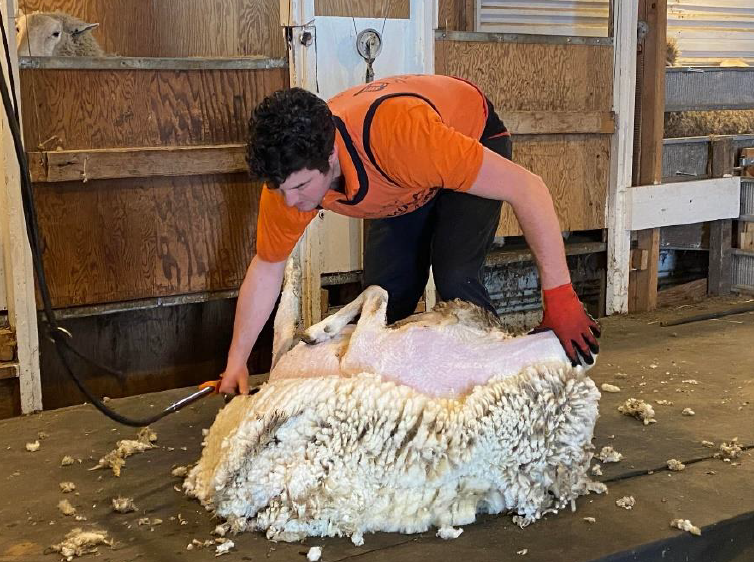
Before the invention of electric shears, blade shears were used to shear the woolen fleece off of sheep. These shears are made from two blades which are joined together at the end so that when you squeeze the handle, they cross over and cut whatever is between them. Nowadays, most sheep are shorn using electric shears in shearing sheds. The sheep wait their turn and the shearers bring them out one at a time to have their haircut. The shearers are very skilled and can carefully shear a whole sheep in just a few minutes. Shearing does not hurt the sheep; they appreciate having the weight of their coat removed.
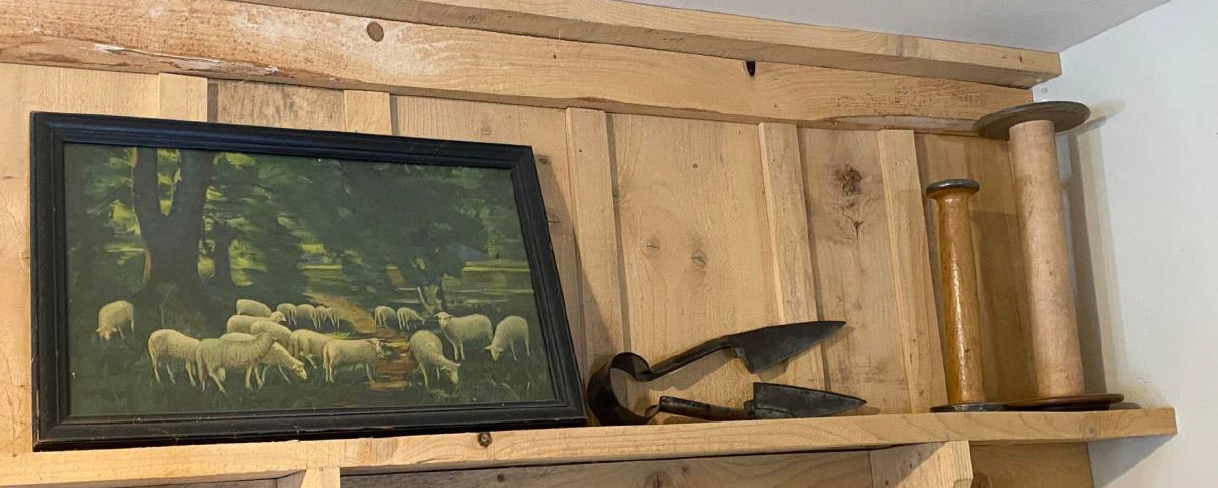
During the shearing process a lot of heavy fleece is produced which needs to be cleared away to make room for the next one. Shed workers take the fleece away as soon as it is off the sheep and bring it to the skirting table, a special table with an open mesh top. They lay the fleece out on the table and remove stained bits of wool, second cuts and vegetable matter. The wool from the fleece is matted, dirty and tangled. Before it can be spun it has to be washed and combed. The process of combing wool is called carding and is done by pulling it through wooden paddles studded with wire teeth.
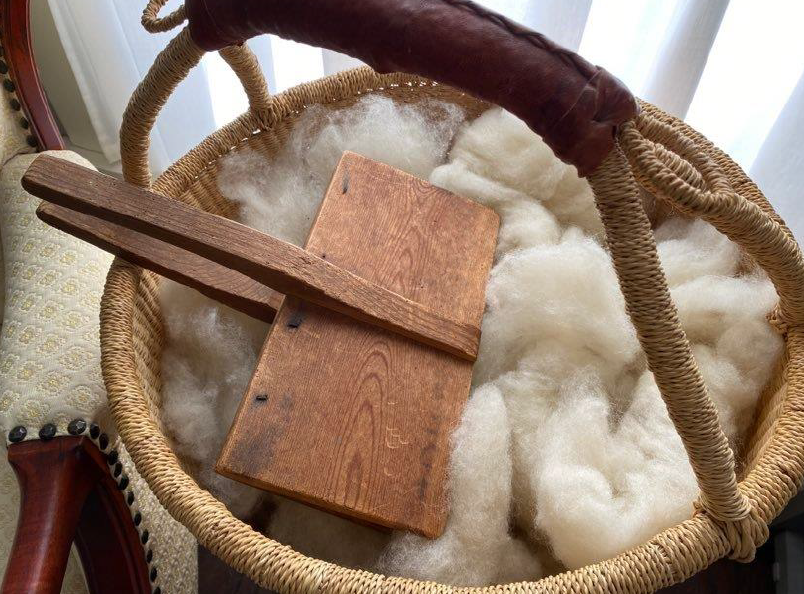
After the wool is cleaned, combed, and carded it is ready to be spun into beautiful yarn. The natural oil found in wool, called lanolin, helps the fiber to twist and interlock into a strong strand of yarn. Now the yarn is ready to be knit or woven into something special to cherish forever.
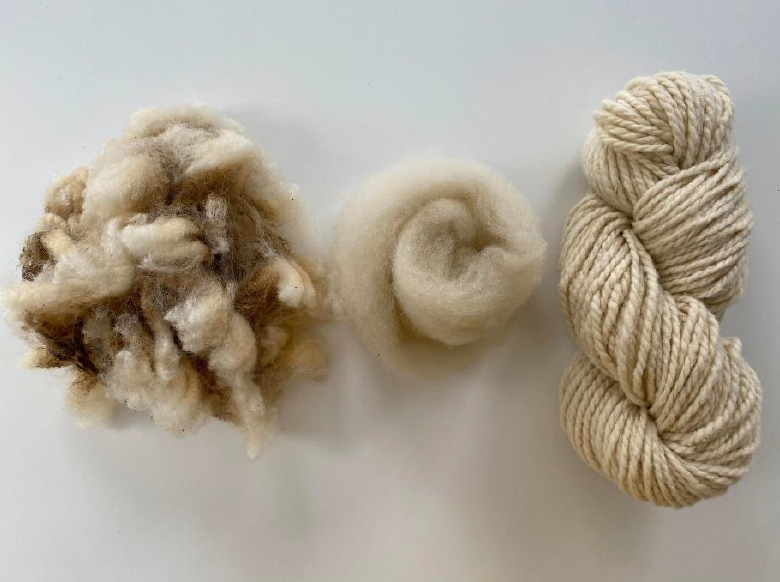
I encourage you to attend a sheep shearing event this spring to witness this beautiful dance between man and animal and to offer gratitude to the sheep for their wonderful gift to us.
-Ms. Maggie (Seasons of Seven Handwork Teacher)
We are Redefining Education!
We invite you to join us every Monday for our Q and A.
We are here to support you in living your family’s best life!
Handwork is included in our Four Fold Enrichment. Four Fold Enrichment is offered as a stand alone or included in the full class experience. Learn more HERE.
Stay connected with news and updates!
Join our newsletter to receive the latest news and updates from our team. Plus you will receive additional helpful resources and a gift!
Don't worry, your information will not be shared.
We hate SPAM. We will never sell your information, for any reason.

